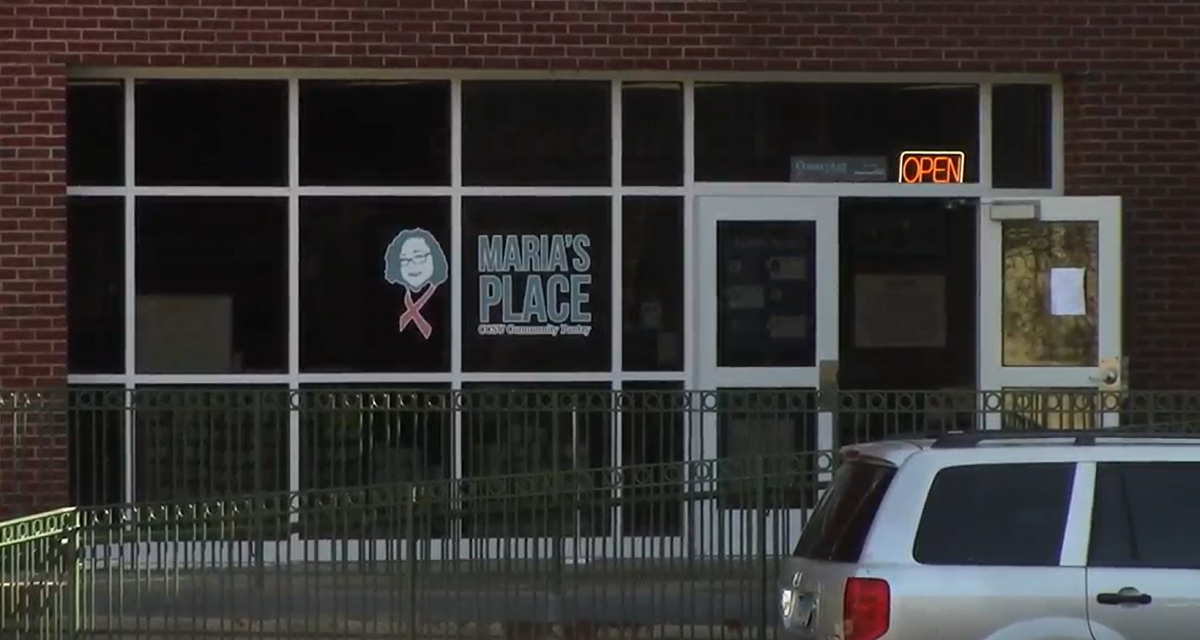By Terence Stewart
Connecticut State University System’s Board of Trustees brainstormed ways to contain the rising cost of textbooks at their Academic Affairs and Student Life joint committee meeting last Monday.
“We’ve been hearing a lot of concerns about textbook costs from our students,” said Louise Feroe, CSUS Senior Vice Chancellor for Academic and Student Affairs, and moderator of the discussion. “The goal of this meeting is to find out what the scope of the problem is and ways to address it.”
Meeting attendees also unanimously agreed that getting donors, alumni, and community members and organizations to establish textbook scholarships could be a feasible way to make textbooks more affordable for cash-strapped students.
In addition, attendees discussed other solutions such as making textbooks available for rent; shifting from the use of printed books to digital books and increasing the availability of electronic reserves.
According to Selase Williams, provost at Eastern Connecticut State University, some students spend upwards of $2,000 a year on textbooks, depending on their major and course load.
Trustees Alex Rodgriguez and Andrew Wetmore, who are full-time undergraduate students at Central Connecticut State University and Western Connecticut State University respectively, said they spend anywhere from $300 to $700 on textbooks each semester.
Rodriguez and Wetmore said the price of textbooks, in addition to the rising cost of tuition and student fees, are making higher education a huge financial burden, especially for low income students.
During the hour-long preliminary meeting, nine trustees, along with administrators from each of the four state universities, engaged in a lively discussion on ways to make textbooks more affordable for students.
Rodriguez said professors are a key part of the solution: “Faculty needs to consider the cost in addition to the quality of the textbook. Faculty makes the ultimate decision as far as what text books are going to be given to students.”
Rodriguez also said school administrators should meet with textbook industry executives to discuss ways to reduce the cost of textbooks and the frequency of revisions.
“I had courses where a new edition [of a textbook] was released and I wasn’t able to sell back the book that I had,” said Rodriguez. “When I looked at the new edition, there weren’t many differences.”
Thousands of college students across the four state universities share Rodriguez’s frustration. Students suffer a financial loss when they’re not able to sell back an older edition of a textbook that still has relevant information.
Feroe and trustee David Panciera urged administrators at each state university to facilitate meetings with students, faculty and library directors to discuss methods to contain the cost of books and submit the feedback to the Board of Trustees by the end of the spring semester. The Board of Trustees and university administrators will meet again to discuss the feasibility and implementation of the recommendations.



